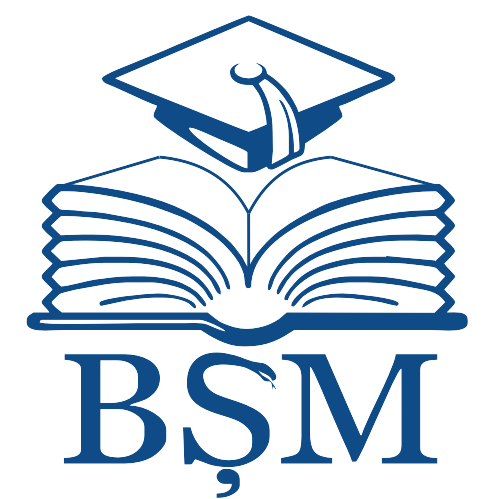|
|
- IRMS - Nicolae Testemitanu SUMPh
- 1. COLECȚIA INSTITUȚIONALĂ
- MATERIALE ALE CONFERINȚELOR ȘTIINȚIFICE
- The 19th Edition of the South-East European Ophthalmological Society Congress. October 18-19th, 2024, Chisinau, Republic of Moldova
- The 19th Edition of the South-East European Ophthalmological Society Congress Abstract book. October 18-19th, 2024, Chisinau, Republic of Moldova
Please use this identifier to cite or link to this item:
http://hdl.handle.net/20.500.12710/30329
| Title: | Randomized six-month trial of aspheric vs. EDOF contact lenses for pediatric myopia control |
| Authors: | Pena-Verdeal, Hugo
Noya-Padin, Veronica
Nores-Palmas, Noelia
Giraldez, Maria J.
Yebra-Pimentel, Eva |
| Issue Date: | 2024 |
| Publisher: | CEP Medicina |
| Citation: | PENA-VERDEAL, Hugo; NOYA-PADIN,Veronica; NORES-PALMAS, Noelia; GIRALDEZ, Maria J.; Yebra-Pimentel, Eva. Randomized six-month trial of aspheric vs. EDOF contact lenses for pediatric myopia control. In: The 19th SEEOS Congress: abstract book, Oct. 18-19th, 2024 / org. commit.: Eugeniu Bendelic [et al.]. Chişinău: CEP Medicina, 2024, p.11. ISBN 978-9975-82-393-7. |
| Abstract: | Introduction: Myopia, characterized by excessive refractive power, causes images
of distant objects to form in front of the retina, resulting in blurred vision. Increased
axial length of the eyeball is a common biometric feature of myopia. Given the rising
prevalence of myopia and its associated risks, effective interventions to control its
progression, especially in children, are crucial.
Purpose: This study aimed to compare the efficacy of two different optical designs
in contact lenses in controlling myopia progression or ocular elongation in a
paediatric population over a short period.
METHODS: A randomized, double-blind, prospective clinical trial was conducted
over two years, with interim results analysed after six months. The study involved
myopic children aged 7-13 years. Participants were assigned to either an aspheric
optical design multifocal lens group or an extended depth of focus (EDOF) optical
design contact lens group. Participants were scheduled for three sessions three
months apart: baseline (M0), 3-month session (M3), and 6-month session (M6). In
all sessions, spherical equivalent refraction (SER) was measured using the NVISIONK 5001 open-field autorefractometer, while axial length (AL) was assessed with the
Topcon MYAH optical biometer.
Results: Initial comparisons showed no significant differences between the groups
in age, visual acuity, SER, or AL (all p = 0.738). Over six months, significant SER
changes were found in both, aspheric lenses (ANOVA, p = 0.022) and EDOF lenses
(ANOVA, p < 0.001). Additionally, the aspheric multifocal group showed significant
AL elongation only when comparing the M0 to the M6 follow-up (Wilcoxon test, p =
0.009), whereas the EDOF group showed significant AL changes across all sessions
(Wilcoxon test, Wilcoxon test, all p ≤ 0.021).
CONCLUSION: The findings suggest that neither aspheric multifocal lenses nor EDOF
lenses are fully effective in slowing myopia progression in children over short
periods. However, aspheric lenses show a greater tendency to control AL than EDOF
multifocal lenses, despite both groups exhibiting significant changes over time. |
| metadata.dc.relation.ispartof: | The 19th Edition of the South-East European Ophthalmological Society Congress. October 18-19th, 2024, Chisinau, Republic of Moldova |
| URI: | https://repository.usmf.md/handle/20.500.12710/30329 |
| ISBN: | 978-9975-82-393-7 |
| Appears in Collections: | The 19th Edition of the South-East European Ophthalmological Society Congress Abstract book. October 18-19th, 2024, Chisinau, Republic of Moldova
|
Items in DSpace are protected by copyright, with all rights reserved, unless otherwise indicated.
|


